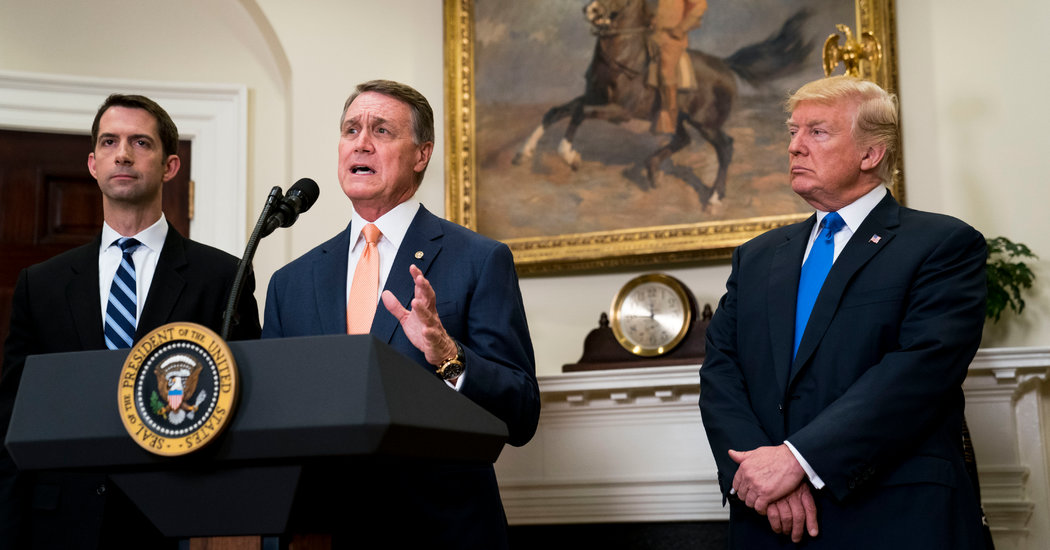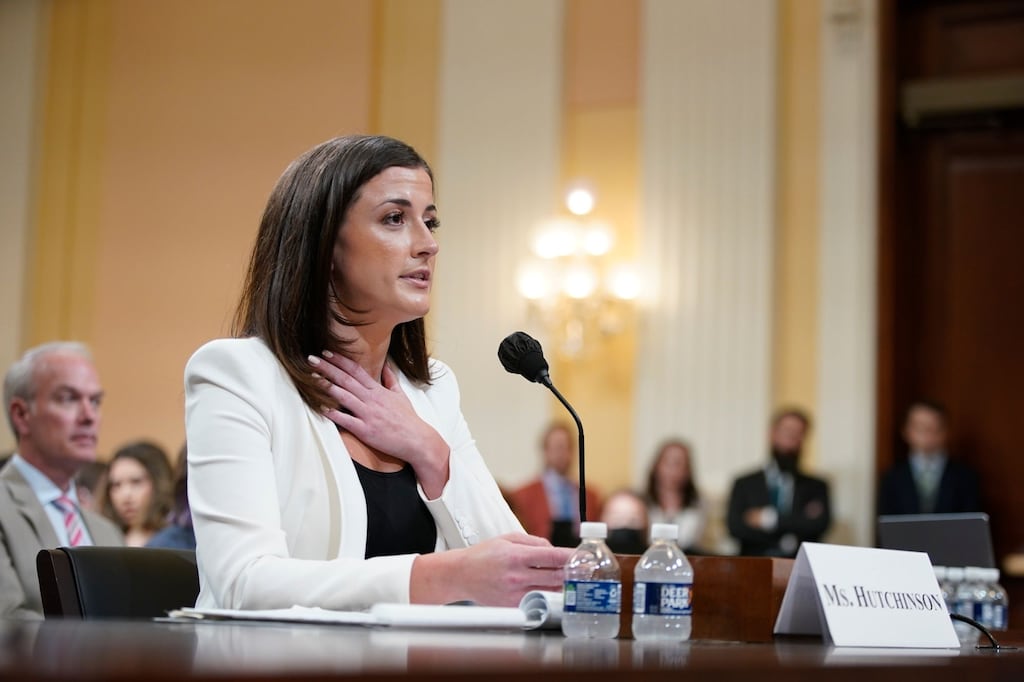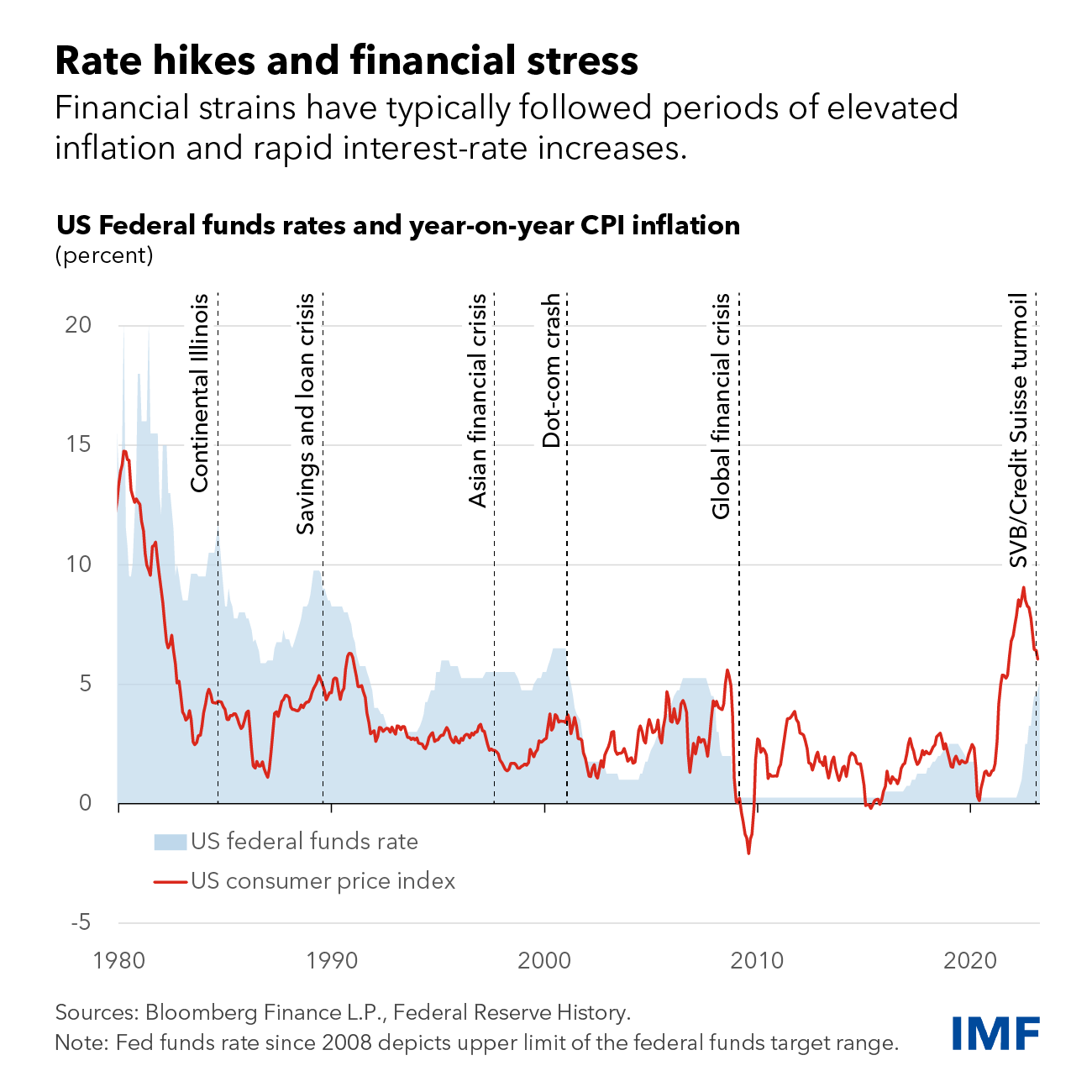Impact Of Trump Administration On Canadian Immigration To The United States

Table of Contents
Changes in Visa Policies and Applications
The Trump administration implemented several changes impacting Canadian visa applications, creating hurdles for those seeking entry into the United States.
H-1B Visa Restrictions
The H-1B visa program, designed for skilled workers, faced significant tightening under the Trump administration. This directly affected many Canadian professionals seeking employment in the US.
- Increased scrutiny of applications: Applications were subjected to more rigorous reviews, leading to longer processing times and higher rejection rates.
- Higher wage requirements: The administration increased the minimum wage requirements for H-1B visa holders, making it more difficult for some Canadian applicants to meet the criteria.
- Stricter criteria for specialty occupations: The definition of "specialty occupation" was narrowed, reducing the number of Canadians eligible for the visa.
The impact was felt across various sectors. For example, the tech industry, which heavily relies on H-1B visas, experienced a slowdown in hiring Canadian talent. While precise statistics comparing pre- and post-policy change application numbers from Canada are difficult to isolate, anecdotal evidence suggests a significant decrease in successful applications.
Impact on Student Visas (F-1)
Canadian students seeking an F-1 visa to study in the US also faced increased challenges.
- Changes to OPT (Optional Practical Training): Restrictions on OPT, which allows international students to work in the US after graduation, limited post-study employment opportunities for Canadian graduates.
- Stricter vetting procedures: Increased scrutiny of student visa applications resulted in longer processing times and greater uncertainty for applicants.
- Potential impacts on international student enrollment: The stricter policies may have discouraged some Canadian students from applying to US universities, potentially impacting overall enrollment numbers.
While precise data on the reduction in Canadian student enrollment specifically attributable to these changes is difficult to obtain, reports from several US universities indicated a decline in international student applications during this period.
Changes to Temporary Work Visas
The changes extended to temporary work visas, significantly impacting cross-border workers who previously enjoyed relatively seamless movement under NAFTA (later USMCA).
- Increased processing times: Applications for temporary work visas, including TN visas for Canadians under USMCA, experienced significant delays.
- Stricter requirements: Eligibility criteria were tightened, making it more challenging for Canadians to qualify for these visas.
- Changes to eligibility criteria: Specific requirements for certain professions were altered, further limiting access for some Canadian workers.
These changes had a considerable effect on sectors such as healthcare and technology, where cross-border collaborations are common. The increased processing times and stricter requirements added significant costs and uncertainty for businesses and individuals alike.
Enhanced Border Security and Enforcement
The Trump administration prioritized enhanced border security, leading to changes impacting Canadian cross-border travel.
Increased Border Patrol Activity
The US-Canada border witnessed a significant increase in border patrol activity and stricter screening procedures.
- Longer wait times at border crossings: Canadians experienced considerably longer wait times at border crossings due to heightened security measures.
- Increased questioning of travelers: Border agents increased questioning of travelers, leading to delays and increased scrutiny.
- Heightened security measures: Increased use of technology and enhanced security protocols contributed to the delays and more stringent checks.
These changes impacted cross-border commerce and personal travel. Businesses experienced disruptions to supply chains, and individuals faced inconvenience and uncertainty when crossing the border.
Changes in Asylum Policies
While Canada isn't a primary source of asylum seekers for the US, the Trump administration's overall tightening of asylum policies indirectly affected Canadian immigration by creating a more restrictive and uncertain environment. Changes in eligibility criteria and increased deportation rates created a chilling effect on those who might have otherwise sought refuge in the United States. The legal challenges and human rights concerns related to these changes also garnered significant international attention.
The Impact of Shifting Political Climate and Rhetoric
The political climate and rhetoric surrounding immigration during the Trump administration significantly influenced Canadian immigration to the United States.
Anti-Immigration Sentiment
The prevalent anti-immigration sentiment negatively affected Canadian immigration applications and perceptions of the US as a destination.
- Negative media portrayal: Negative media portrayals of immigrants fostered a climate of fear and uncertainty.
- Increased discrimination: Reports of increased discrimination against immigrants, including Canadians, emerged during this period.
- Impact on applicant confidence: The negative atmosphere likely discouraged some Canadians from pursuing immigration opportunities in the US.
Numerous news reports and opinion pieces from the time reflected this prevailing anti-immigration sentiment, impacting the overall perception of the US as a welcoming destination for Canadian immigrants.
Uncertainty and Delays
Changing policies and procedures created considerable uncertainty and delays for Canadian applicants.
- Processing delays: Visa and immigration applications faced significant processing delays.
- Application backlogs: Backlogs built up, further delaying the processing of applications.
- Uncertainty surrounding future policies: The constant changes made it difficult for applicants to plan and invest in their immigration journeys.
This uncertainty had a significant negative effect on individuals' lives and plans. The lack of clarity made it challenging to make informed decisions about employment, education, and long-term residency in the United States.
Conclusion
The Trump administration's policies significantly altered the landscape of Canadian immigration to the United States. Changes in visa requirements, enhanced border security, and a shifting political climate created challenges and uncertainties for Canadians seeking to enter the US for various purposes. Understanding these impacts is crucial for anyone considering immigration from Canada to the United States. For the latest information and guidance on navigating the complexities of Trump Administration Canadian Immigration, consult official government resources and immigration lawyers.

Featured Posts
-
 Ontario To Streamline Internal Trade Removing Alcohol And Labour Market Barriers
Apr 23, 2025
Ontario To Streamline Internal Trade Removing Alcohol And Labour Market Barriers
Apr 23, 2025 -
 Cassidy Hutchinsons Memoir Key Jan 6 Witness Tells All This Fall
Apr 23, 2025
Cassidy Hutchinsons Memoir Key Jan 6 Witness Tells All This Fall
Apr 23, 2025 -
 Global Financial Instability The Impact Of Trumps Trade War According To The Imf
Apr 23, 2025
Global Financial Instability The Impact Of Trumps Trade War According To The Imf
Apr 23, 2025 -
 Keider Montero And The Tigers Series Finale Loss To The Brewers
Apr 23, 2025
Keider Montero And The Tigers Series Finale Loss To The Brewers
Apr 23, 2025 -
 Investor Flight To Safety Gold And Cash Etfs Dominate
Apr 23, 2025
Investor Flight To Safety Gold And Cash Etfs Dominate
Apr 23, 2025
